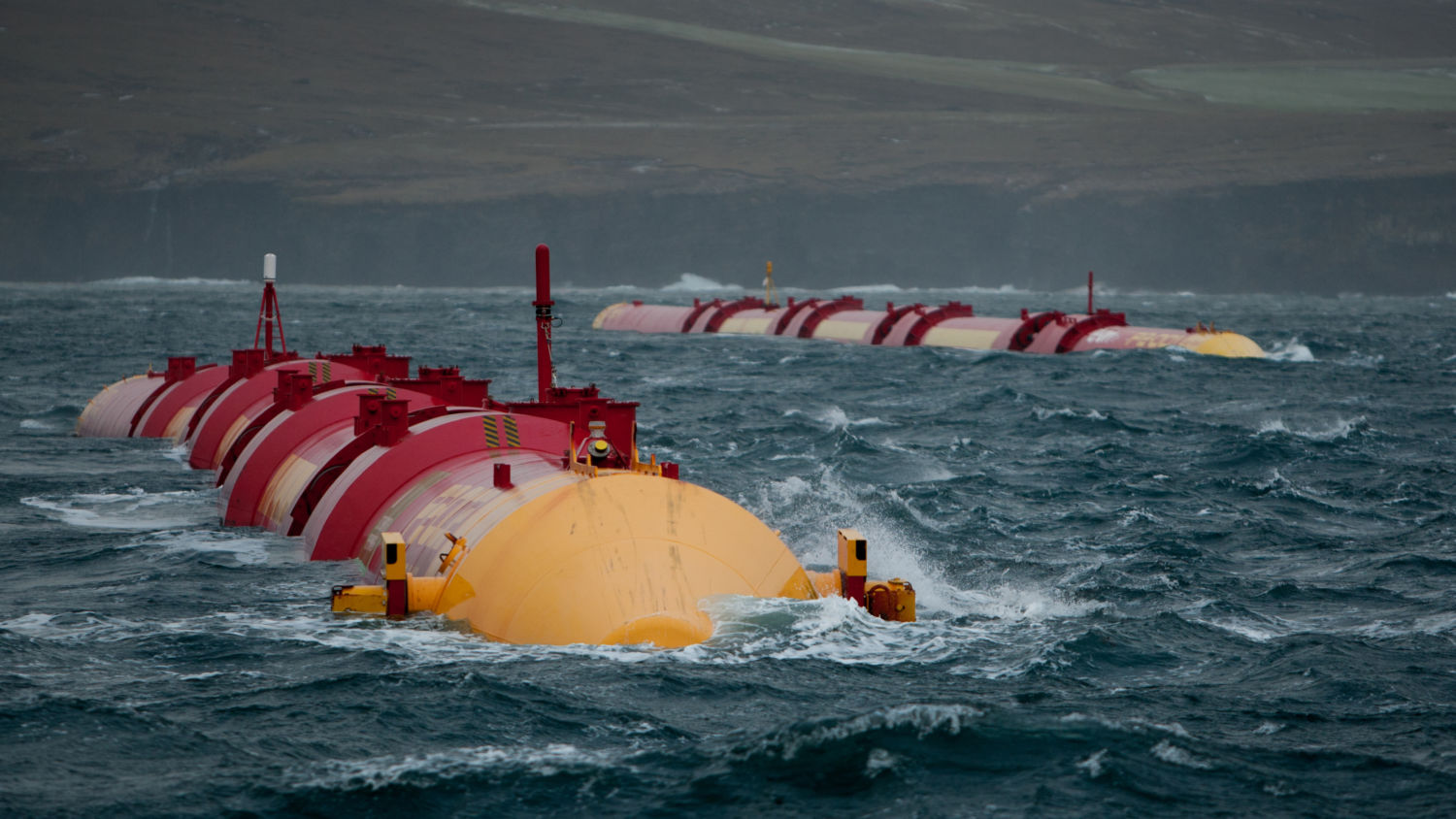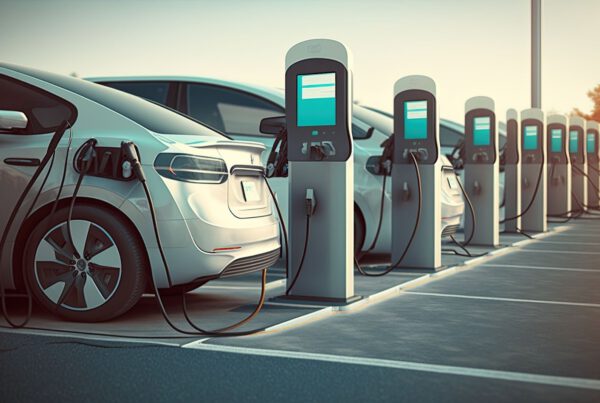New Tech: Wave and Tidal Energy – Generating Electricity from the Ocean
Interest in renewable energy from oceans is rising, with sources like wave and tidal power offering great potential. One major advantage of ocean energy is its predictability and consistency, allowing for electricity generation 24/7, 365 days a year. Coastal communities could benefit from new income sources and job opportunities as ocean energy technology develops.
Machines designed by Pelamis Wave Power operating offshore at the Billia Croo test site of the European Marine Energy Centre (EMEC), located in Scotland’s Orkney Islands. A central challenge faced by wave power developers has proven to be the complexity of harnessing wave power, which has led to a host of designs. [PELAMIS WAVE POWER]
Challenges and Progress in Ocean Energy
Although still in early stages, ocean energy shows immense potential. Organizations like Europe’s Ocean Energy Europe (OEE) and the U.S. National Renewable Energy Laboratory (NREL) are leading the charge, focusing on innovative solutions to overcome technical, environmental, and regulatory challenges in ocean energy development.
Wave Energy
Wave energy is generated by ocean waves created by wind. Various technologies exist to capture this mechanical energy and convert it into electricity:
- Oscillating Water Column (OWC): Uses a submerged chamber to compress air and drive a turbine.
- Point Absorber: A buoy captures wave movement and converts it into electricity.
- Overtopping Device: Water is pushed into a reservoir by waves, and released through turbines.
Tidal Energy
Tidal energy is generated by the gravitational pull of the moon and sun on Earth’s oceans. Technologies used to capture tidal energy include:
- Tidal Stream Generator: Underwater turbines harness water flow to generate electricity.
- Barrage: A dam traps tidal water, which is then released through turbines.
- Dynamic Tidal Power: A long wall with turbines generates power as the tide flows in and out.
Applications and Future Potential
Countries like the UK and Portugal are already leading wave and tidal energy projects. For example, the MeyGen Tidal Energy Project in Scotland is one of the largest tidal projects globally. Additionally, countries like Australia, China, and Canada are developing their own wave and tidal energy infrastructure.
Although in its infancy, wave and tidal energy hold immense potential in meeting global energy needs. From powering coastal homes to offshore facilities, this renewable source can significantly reduce greenhouse gas emissions and contribute to global sustainability efforts.
Environmental and Ecosystem Concerns
Despite its potential, developers must consider the environmental impacts of wave and tidal energy technologies. These include:
- Marine Ecosystems: Noise and physical presence of devices can affect marine life.
- Ocean Currents: Devices may alter natural ocean currents and sediment transport.
- Collision Risk: Marine vessels may collide with deployed devices.
- Visual Impact: Large-scale installations may affect coastal tourism.
- Interference with Fishing: Deployed devices could interfere with fishing activities.
Developers must conduct thorough environmental impact assessments and engage with stakeholders to ensure the benefits of wave and tidal energy outweigh potential risks.







